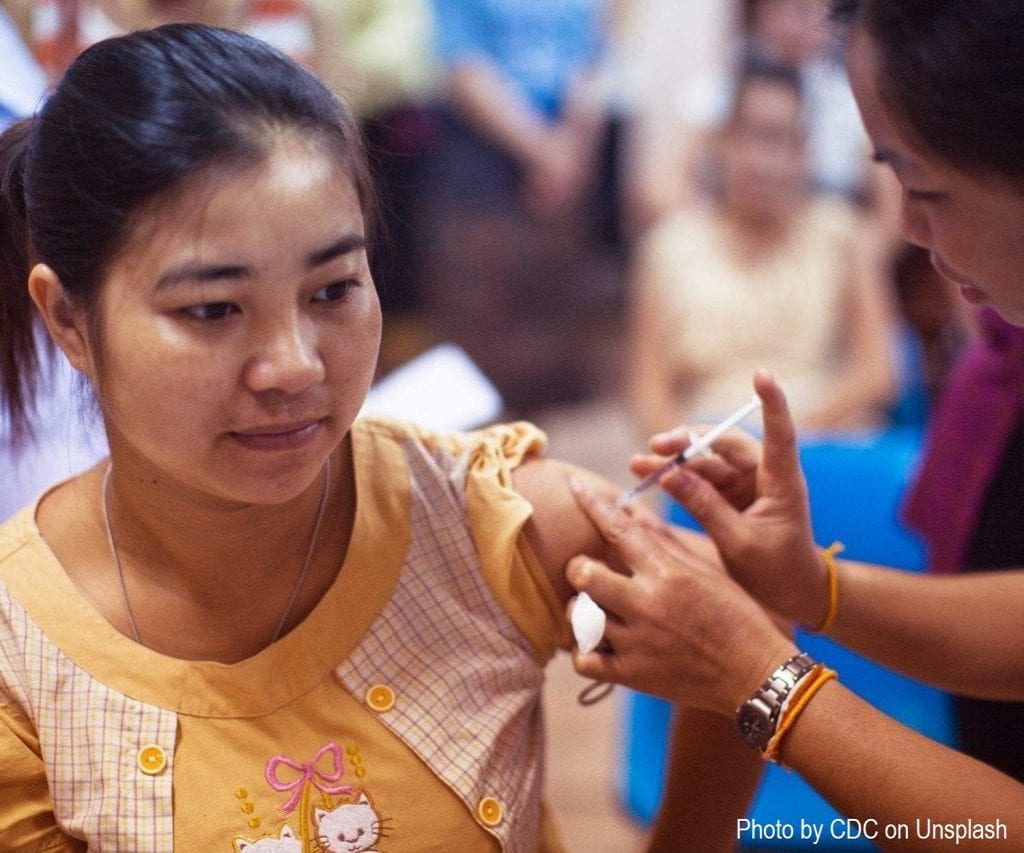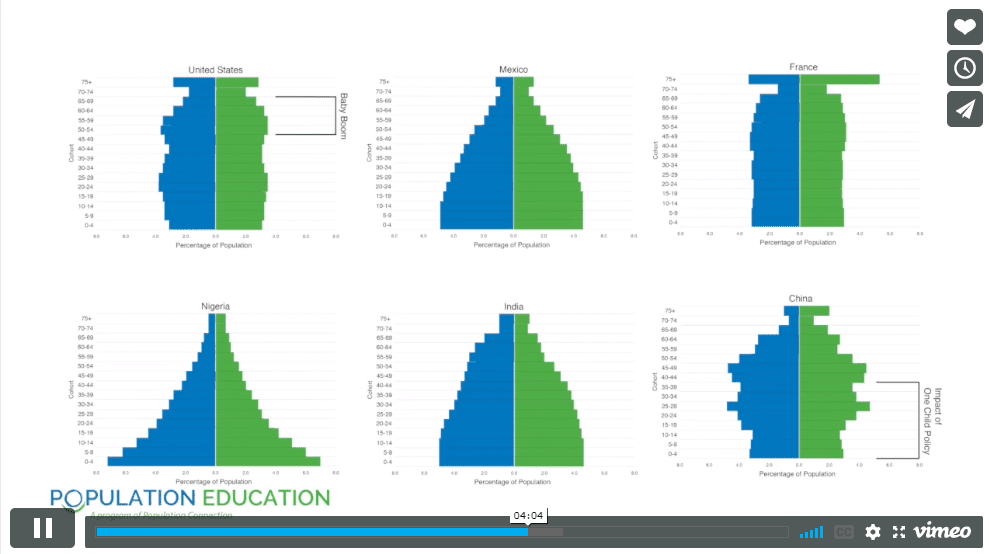Resource Overview
Acting as residents of five major world regions, students compare various statistics that affect people’s health and well-being.
Students will be able to:
-
- Identify indicators that can determine the relative well-being of a country or region.
- Determine potential impacts of inequitable resource distribution.
- Draw connections between population growth rate and several quality of life indicators (including wealth, health, education and energy use).
- Summarize and communicate their opinions on how to best address global inequality.
Features of This Resource
- One of Population Education’s most popular lessons
- Students use ratios and statistics to understand demographic information and environmental impacts
- Provides students with context for many global issues they learn about in various social studies and science courses
- Lesson has two versions – one appropriate for middle school and one for high school skill levels
How Do I Get This Lesson Plan?
The resource is free. Click the green button for immediate download. Download Now
Other Resources You Might Like:

Students investigate three different data sets covering maternal mortality, and articulate the benefits and shortcomings of each group of data.... Read more »

Representing different countries, students step forward or backward based on health conditions in their borders, to find which countries have... Read more »

Students construct and interpret population pyramids for six different countries in this lesson. By analyzing age and sex distribution, they... Read more »
Nice to meet you!
Tell us a bit about yourself so we can continue creating resources that meet your needs.
You’ll only need to fill out this form once. If you’ve already completed the form, you can confirm your email here.


